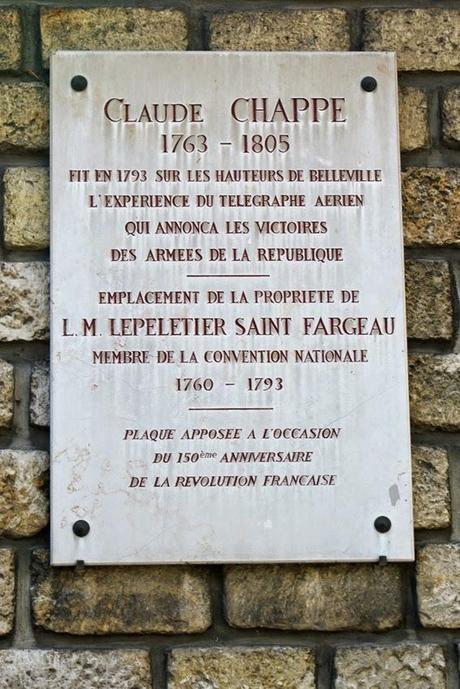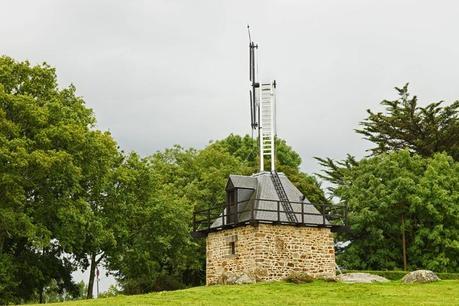
It was his family's intention that Claude would enter the church, but that career was disrupted by the French Revolution. However, as the nephew of an astronomer, he was already interested in the physical sciences and with his brothers, turned to invention. They worked to devise a practical system of semaphore signalling which would allow messages to be sent and received quickly and efficiently. The word 'telegraph' was coined to describe it.
Although we think of semaphore systems as involving flags, Chappe realised that much better visibility could be achieved if the message was communicated by angled arms. A string of towers could be set up, each one ten or fifteen miles apart, and operators with telescopes would send and receive the signals along the line. The government eagerly took up his invention, with the first line between Paris and Lille operating from 1794, and lines soon extended between key locations across France. They would prove invaluable to Napoleon in wartime, and continued in use until the mid-nineteenth century when overtaken by new technology: the electric telegraph. Perhaps its last use was in the Crimean War, when a mobile system was employed.
To understand how the system worked, there is no better place to go than the Musée Télégraphe de Chappe at Saint Marcan in north-east Brittany. There, one of the towers survives and has been restored to working order. Visitors can not only learn about the system, but watch it in action and even set signals themselves. (My own attempt suggested that I have not missed my vocation!)
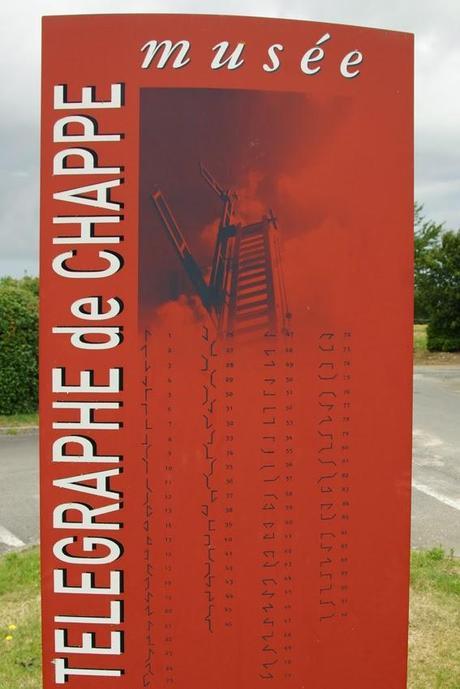
The key to the system's speed and security can be found on the museum's sign. The signals did not proceed letter by letter, but communicated a number between 1 and 92. Each pair of numbers gave the page and line of a signal book; by turning to the page and reading the relevant line, the message recipient obtained anything from a word to a complete phrase or sentence. Thus even a long message could be reduced to a fairly small number of signals; without the codebook, it was meaningless, so even the operators did not understand the message they were relaying.
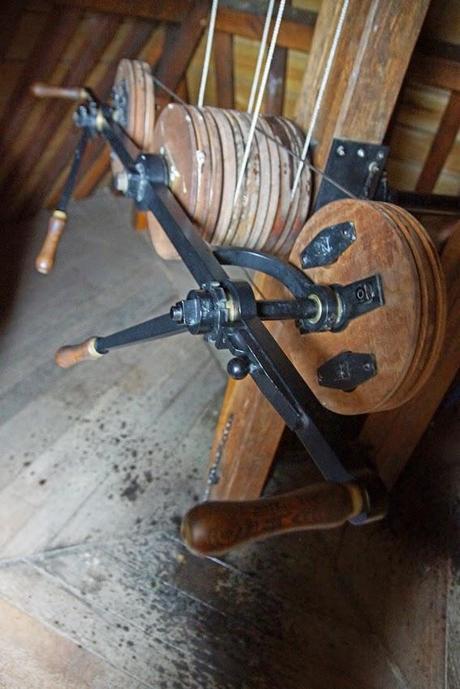
Once it had been encoded into pairs of numbers, the message would be transmitted from station to station. Each one was a small but solid stone building: sturdy construction was required to support the weight of the mechanism on its roof.
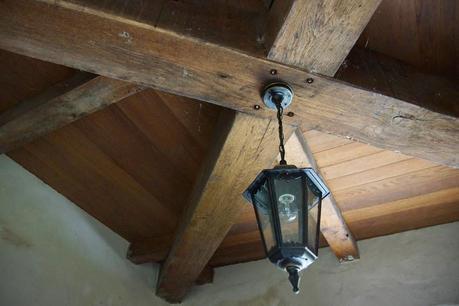
The operator worked on the first floor, looking carefully for messages from neighbouring stations on the line. When a signal appeared at the previous station, the operator would replicate it on his own signal. The main arm would be diagonal as he worked, and swung into a horizontal position when the signal was complete. He would then watch to see that it had been correctly reproduced at the next station before returning his signal to the neutral position (all arms vertical).
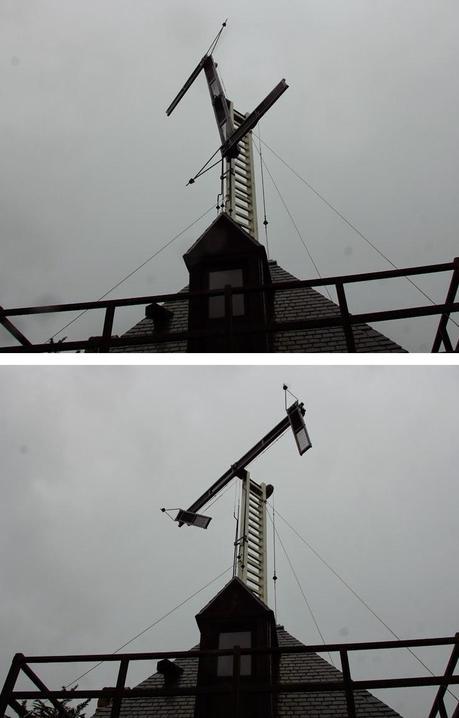
The towers were on high points, for obvious reasons of visibility. That resulted in some startling locations: many church towers were used, while the station to the east of Saint Marcan was on Mont Saint Michel. Nonetheless, messages could only be sent when daylight and weather conditions allowed sufficient visibility.
The Parisian starting point for the telegraph was at Menilmontant. The site of the Chappe telegraph station is now commemorated by street names, plaques - and the local Metro station, Télégraphe.
